An Introduction To Credit Cards For Kids & Teens

There is a good chance that your child or teen have heard of credit cards. Yes, those plastic cards that millions of people have in their wallets that they use to buy things.
However, although credit cards are made to look like a normal part of life, they are often the main reason people struggle financially.
This is because most people don’t understand how they work. This often leads to getting into debt, a hard place to get out of once you are in it.
So how do credit cards work? Are they an essential item for your wallet and how can you teach your child or teen to either get through life without one or manage them responsibly so they can stay debt free.
What Does Credit Mean
First, let's look at what the word credit actually means? Credit means borrowing. Therefore, with a credit card you are borrowing money. If you borrow money, you are in debt. So using a credit card is similar to taking out a loan. With a credit card, you are spending more money you don’t have!
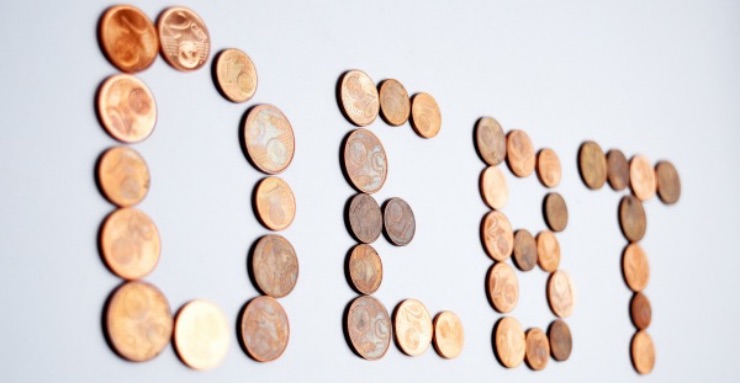
Here at Finance 4 Kids and Teens we talk a lot about debt. This is because it is the bottom level to the 5 Levels of Wealth. The level most people are at and the hardest to move out of. So therefore, if your child or teen can learn to avoid debt from an early age this will serve them for their entire lives.
Further Reading
5 Habits to Teach Kids to Stay Debt Free
Now, yes, there are for sure some advantages of having a credit card, but many people get into trouble with credit cards as they end up owing more money than they can afford. So we really want to make sure your child or teen understands how they work.
How Do Credit Cards Work
To get a credit card in the first place, you must apply to a credit card company. This usually means filling in some forms and giving them some information about yourself. If you are approved, and most people are, you will be sent your credit card in the mail.
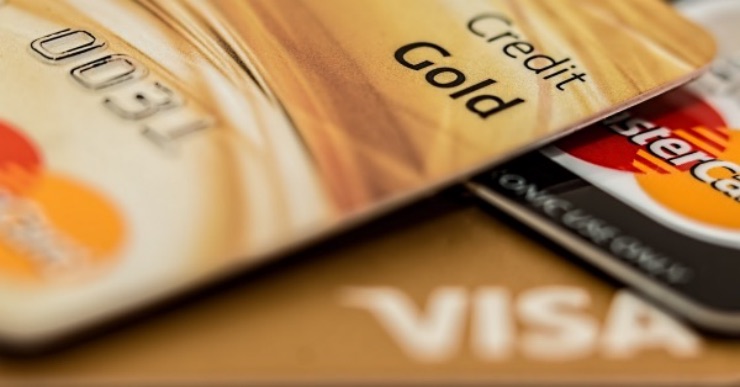
You will also be issued with what is known as a “credit limit.” A credit limit is the maximum amount of money you are allowed to spend. So for example, you may be given $1000 as your credit limit, or £1000, or whatever your currency is. That means, you can now spend up to your credit limit on your credit card.
Sounds super easy, doesn’t it?
However, this is where the alarm bells should start ringing as it is very easy to spend money on a credit card. Let’s imagine these are put on the Credit Card over just a few days.
Ordering pizza with friends. $24.
That amazing jacket you just had to buy. $74.
Those sunglasses you loved. $35.
That Saturday afternoon shopping spree at the Mall. $110.

You get the idea. Suddenly you have spent over $250 on your credit card. How did that happen?
Well, as many people discover the hard way, that it is very easy to spend money on your credit card. Now suddenly often without realising it, you are in debt!
Now if you don’t pay back the FULL AMOUNT every month you will have to pay interest. This is where things can get really out of hand.
What Are Interest Rates & APR
One of the most important things to understand about credit cards is that any money you spend that you do not pay back within that same month you will be charged interest on the amount of money that was spent.
Interest is money that you pay the Credit Card Company. This is how they make their money.
There is a proper term for this interest. It is known as APR, which stands for Annual Percentage Rate. Yes, this is where your child or teen will start to roll their eyes, BUT if they want to be financially smart it is important that they understand this.
APR means how much interest the Credit Card Company will charge you and by law, Credit Card Companies have to tell you their APR. An APR can be as high as 30%!
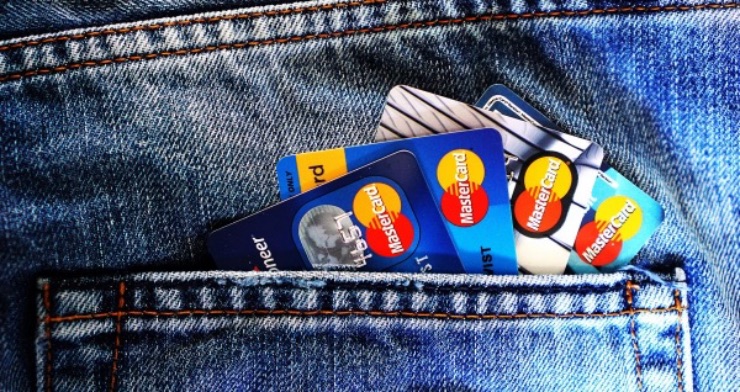
So in reality what does this actually mean?
Here is an example:
Let's imagine you have $1000 on your Credit Card and lets say your Credit Card has an APR of 30%.
30% of 1000 is 300, which means in this example, you would be charged $300 in interest. And that’s a year. So you’d be charged $300 in interest a year. This is on top of the $1000 you have already spent.
So to sum up, the Annual Percentage Rate or APR is a financial term that is used by lenders to let you know how much interest you are being charged on a yearly basis for your loan (or what you spend on your credit card).
It is important to note that this is for ANY loan, not just Credit Cards. All loans will have an APR. For example s $10,000 car loan at an 8% APR, would mean you would pay $800 a year in interest.

Most people never bother to learn this stuff. By helping your child or teen to learn this will set them apart from over 99% of other people.
Minimum Payments
Having a credit card can sound great and they can be if you are organised. However, if you are not they can be financially very dangerous.
It is very easy to get into debt with credit cards.

In fact, most people can not afford to pay off their entire credit card bill every month. Credit Card companies know this and therefore they request that a minimum payment is made every month.
Remember though now you are paying interest as well as the money you have spent, so it’s very easy overtime for the interest to keep on growing. This is even if you are making a minimum payment every month.
The advice is simple …
‘If you can’t pay off your full amount every month, do not use your credit card.”
If you want to buy something with the credit card, can you pay it off in full this month? If you can, great, use the credit card. If you can’t, then wait, until you know you can.
Only use a credit card if you can afford to pay off the full amount every month. That way you get to benefit from the convenience of having a credit card but you will avoid paying anything more than you have borrowed.
Store Cards
You also may have heard about store cards. These are similar to credit cards but are for use in particular stores only. For example: H&M, Adidas, Amazon Prime, they all have Store Cards.
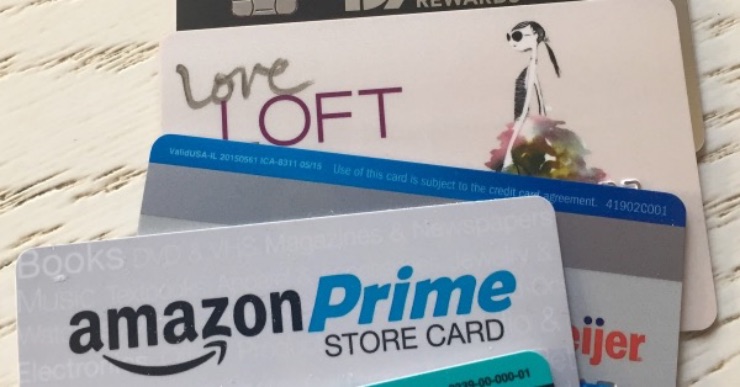
Store credit cards work like regular credit cards, in that you make purchases on the store card, and you make payments on your purchases, just like you would to a Credit Card. Therefore, the same advice applies
‘If you can’t pay off your full amount every month, do not use your Store Card.’
Summing Up
Credit cards are easy to carry, easy to use, and accepted pretty much everywhere. They are safer than cash, and if your card is lost or stolen, just call your bank and cancel it. And IF you are organised and can pay off anything you spend in the month, within that month, you will be fine.
However, they can almost be too easy to use and so it’s easy to get into debt. If you don’t clear your balance at the end of each month you’ll have to pay interest. Miss just one payment and the interest will start to add up.
It is learning these money skills that is going to make all the difference for your child or teen.

Learning About Credit Cards with FUNancial Freedom
Have you heard about FUNancial Freedom?
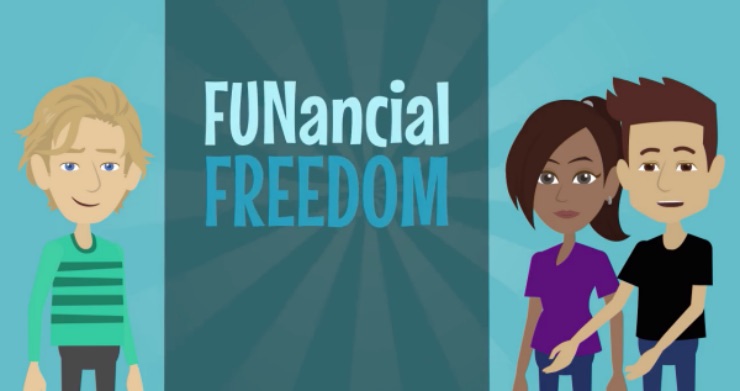
FUNancial Freedom is an online program that offers step-by-step, hand-holding strategies for your child or teen to understand how to make, grow and scale their money. There is no other program that is as detailed, fully animated and FUN.
We recommend that you check out FUNancial Freedom to explain Credit Cards with their FULLY ANIMATED version of this overview.
They have a great FREE resource for you to get your child or teen started on their financial education journey.

CLICK HERE
to download your FREE copy.
ReThink Money by FUNancial Freedom is an ebook that guides your child or teen through learning how to become financially smart. It offers practical guidelines used by children and teens all over the world on how they earn, manage finances, invest smartly, and set themselves up for a highly impactful and fun life.

To learn more about FUNancial CLICK HERE